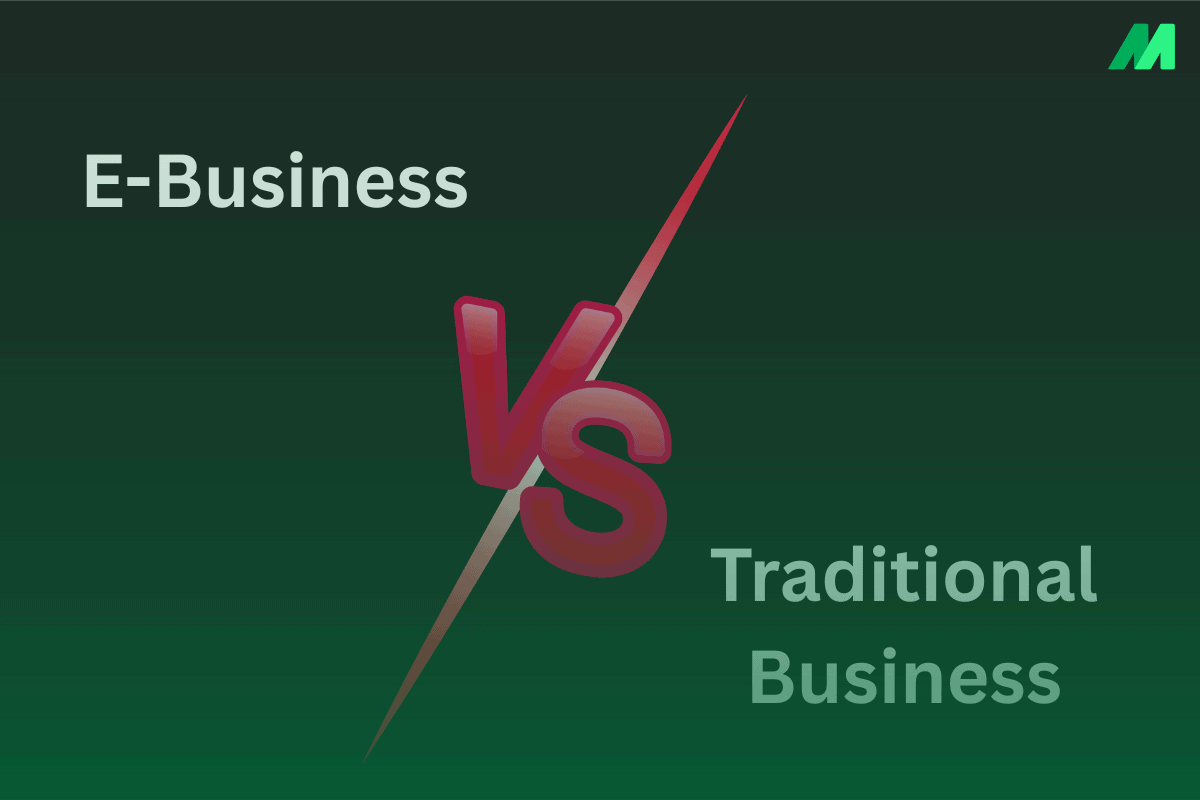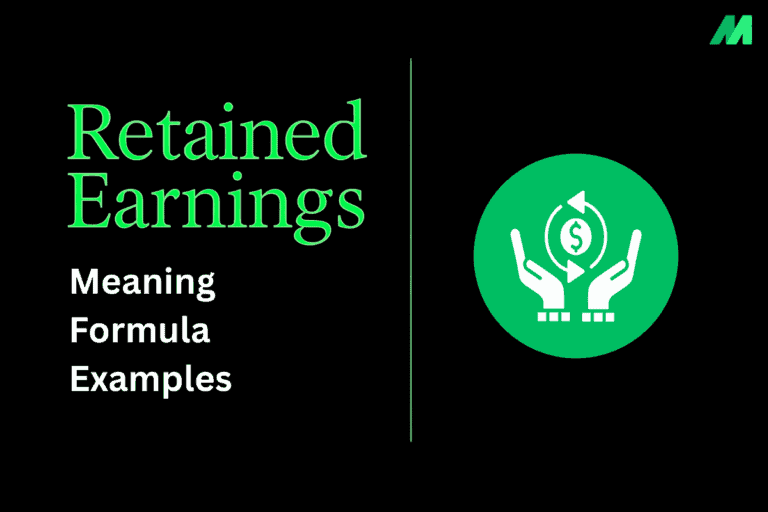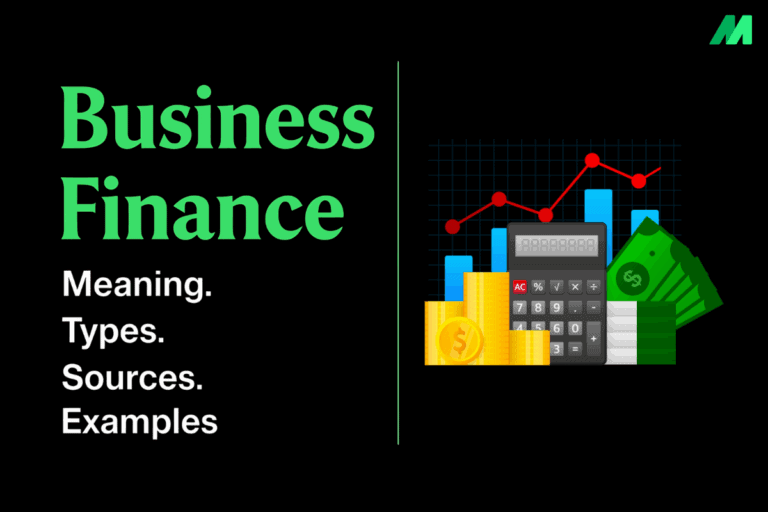In a world where you can order sushi, sneakers, and even a sofa without leaving your bed, it’s clear that business isn’t what it used to be. The rise of e-business has changed how companies operate, how customers shop, and how the entire economy moves. But does that mean traditional business is out of style? Not quite.
Whether you’re a student, a startup dreamer, or just someone who is curious about how business works in 2025, understanding the difference between e-business and traditional business is essential. Let’s break it down, no jargon, no fluff, just real talk.
What Is E-Business?
E-business, short for electronic business, refers to any commercial activity conducted online. It’s not just about selling products; it includes everything from digital marketing and customer service to supply chain management and data analytics.
If a company uses the internet to run its operations, it’s in the e-business club. Think Amazon, Zomato, or even your local bakery that takes orders via Instagram DMs. E-business is fast, flexible, and built for the digital age.
What Is Traditional Business?
Traditional business is the OG way of doing commerce. It involves physical stores, face-to-face interactions, and paper receipts. You walk into a shop, browse the shelves, talk to a salesperson, and make a purchase. Simple, tangible, and still very relevant.
From your neighborhood grocery store to a local tailor, traditional businesses rely on physical presence and direct customer engagement. They may not have flashy websites, but they’ve got loyal customers and a strong community vibe.
Difference Between E-Business and Traditional Business
| Aspect | E-Business | Traditional Business |
| Mode of Operation | Online via websites, apps, and platforms | Offline via physical stores and face-to-face contact |
| Reach | Global, 24/7 access | Local or regional, limited by geography |
| Setup Cost | Lower (no physical space needed) | Higher (rent, utilities, physical inventory) |
| Customer Interaction | Virtual (emails, chats, reviews) | Personal (in-store conversations) |
| Speed & Convenience | Instant transactions and updates | Slower, manual processes |
| Marketing | Digital ads, SEO, social media | Flyers, billboards, word-of-mouth |
| Inventory Management | Automated systems | Manual tracking |
| Payment Methods | Online payments, UPI, and wallets | Cash, card, sometimes digital |
| Flexibility | High, can pivot quickly | Limited changes take time |
| Trust Factor | Depends on reviews and digital reputation | Built through personal relationships |
Both models have their strengths, and many businesses today blend elements of both to stay competitive.
Advantages of Traditional Business
Traditional business may seem old-school, but it’s got some serious perks, especially if you value human connection and local loyalty.
First: it offers personalized service. Customers can interact directly with staff, ask questions, and get tailored recommendations. This builds trust and long-term relationships.
Second: traditional businesses often have strong community ties. They support local economies, create jobs, and contribute to neighborhood culture. Think of your favorite café or bookstore; they’re more than just shops; they’re part of your daily life.
Third: there’s less tech dependency. You don’t need to worry about website crashes, cybersecurity threats, or algorithm changes. Business happens in real time, with real people.
Fourth: traditional businesses offer a tangible experience. Customers can touch, try, and test products before buying, something e-business still struggles to replicate fully.
Advantages of E-Business
E-business is the future and the present. It’s fast, scalable, and packed with possibilities.
One major advantage is global reach. You can sell to someone in Mumbai, Madrid, or Melbourne without opening a single storefront. Your market is the entire internet.
Then there’s cost efficiency. No rent, no utility bills, and fewer staff requirements mean lower overheads. You can start small and grow big without breaking the bank.
E-business also offers data-driven insights. You can track customer behavior, analyze trends, and optimize your strategy in real time. It’s like having a business crystal ball.
Another perk? 24/7 availability. Your store never closes, and customers can shop whenever they want, even at 2 AM in their pajamas.
And let’s not forget marketing magic. With SEO, social media, and email campaigns, you can reach thousands of potential customers with a few clicks.
FAQs About E-Business vs. Traditional Business
Q: Can a business be both traditional and an e-business?
Absolutely. Many companies use a hybrid model, physical stores plus online platforms, to reach more customers and offer convenience.
Q: Is e-business better than traditional business?
Not necessarily. It depends on your goals, resources, and target audience. Both models have unique strengths.
Q: What skills do you need to run an e-business?
Digital literacy, marketing know-how, customer service, and basic tech skills are essential. But don’t worry, you can learn as you go.
Q: Are traditional businesses dying out?
Nope. They’re evolving. Many are adopting digital tools while keeping their personal touch.
Final Thoughts: Choose Your Business Style Wisely
E-business and traditional business aren’t enemies; they’re different paths to the same goal: serving customers and making money. One offers speed and scale; the other offers warmth and trust. Your choice depends on what you value, what your customers need, and how you want to grow.
In 2025, the smartest businesses are the ones that blend both worlds. They use tech to streamline operations and the human connection to build loyalty. Whether you’re selling online or offline, success comes from understanding your audience and delivering value consistently.
So if you’re planning to start a business, ask yourself: Do you want to go digital, stay local, or mix it up? Whatever you choose, make sure it reflects your vibe, your vision, and your goals.
Because in the end, business isn’t just about transactions; it’s about relationships, impact, and growth. And that’s something both e-business and traditional business can deliver.




